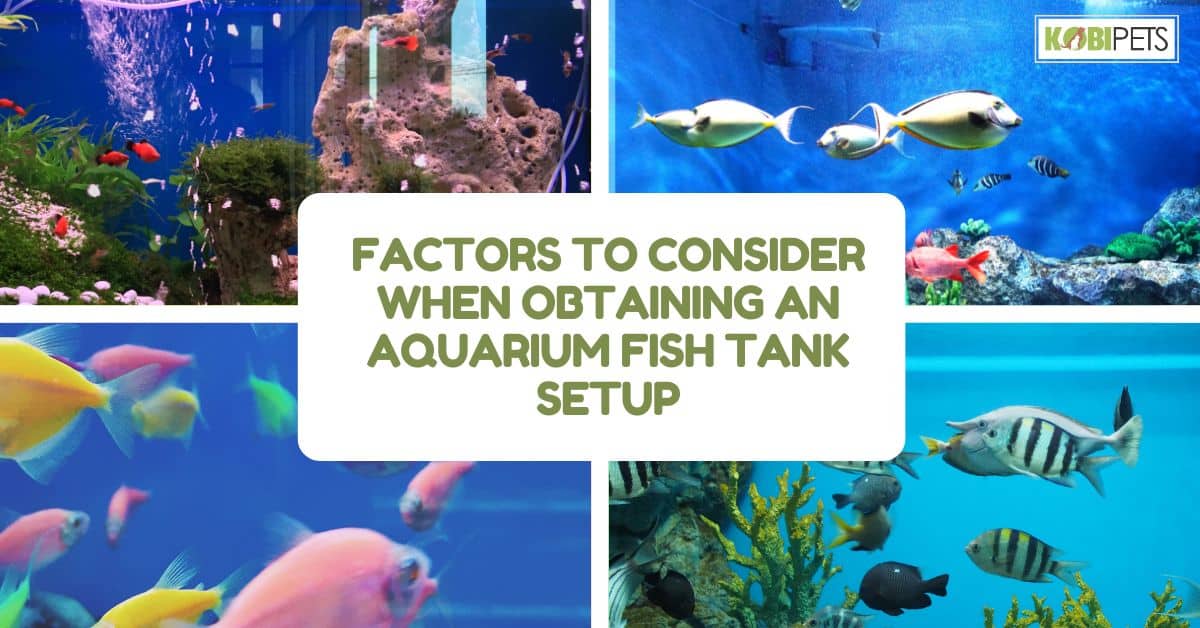
A home aquarium can bring joy and fun to the entire family. But it is important to consider all of the factors involved in setting up a successful fish tank setup. Options such as size, type of fish, filtration systems, lighting requirements, water chemistry, and maintenance needs must be considered before you purchase any equipment.
Understanding these elements will help you create an environment that provides the best atmosphere for your fish to thrive. This article will discuss key factors to consider when obtaining a fish tank setup.
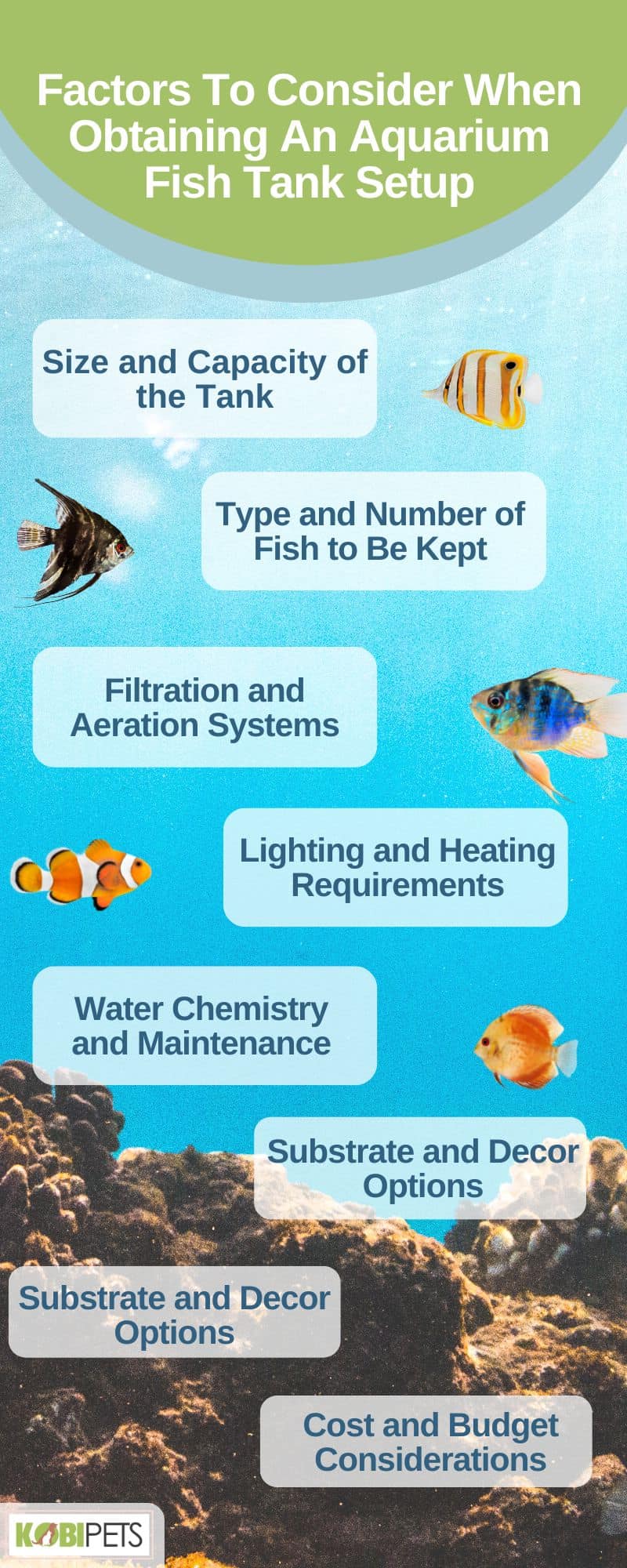
Factors To Consider When Obtaining An Aquarium Fish Tank Setup
Size and Capacity of the Tank
The size and capacity of the tank are important considerations when setting up an aquarium. The right size and capacity of the tank can ensure the health and well-being of the inhabitants, while the wrong size can lead to overcrowding and poor water quality.
Size
The size of the tank is an important consideration, as it will determine the number of inhabitants that can be kept and the types of inhabitants that can be kept. A larger tank will allow for more inhabitants and a greater variety of inhabitants, while a smaller tank may only be able to accommodate a limited number of inhabitants.
Capacity
The capacity of the tank is also an important consideration, as it will determine the amount of water that can be held in the tank. The capacity of the tank is measured in gallons, and it’s important to choose a tank with a capacity that is appropriate for the number and types of inhabitants you plan to keep. A larger tank will have a greater capacity and will be able to accommodate more inhabitants and a greater variety of inhabitants.
Shape
In addition to the size and capacity of the tank, it’s also important to consider the shape of the tank. Different shapes of tanks can provide different environments, such as a taller tank can provide different water flow and light penetration than a wider tank, which can be suitable for different inhabitants.
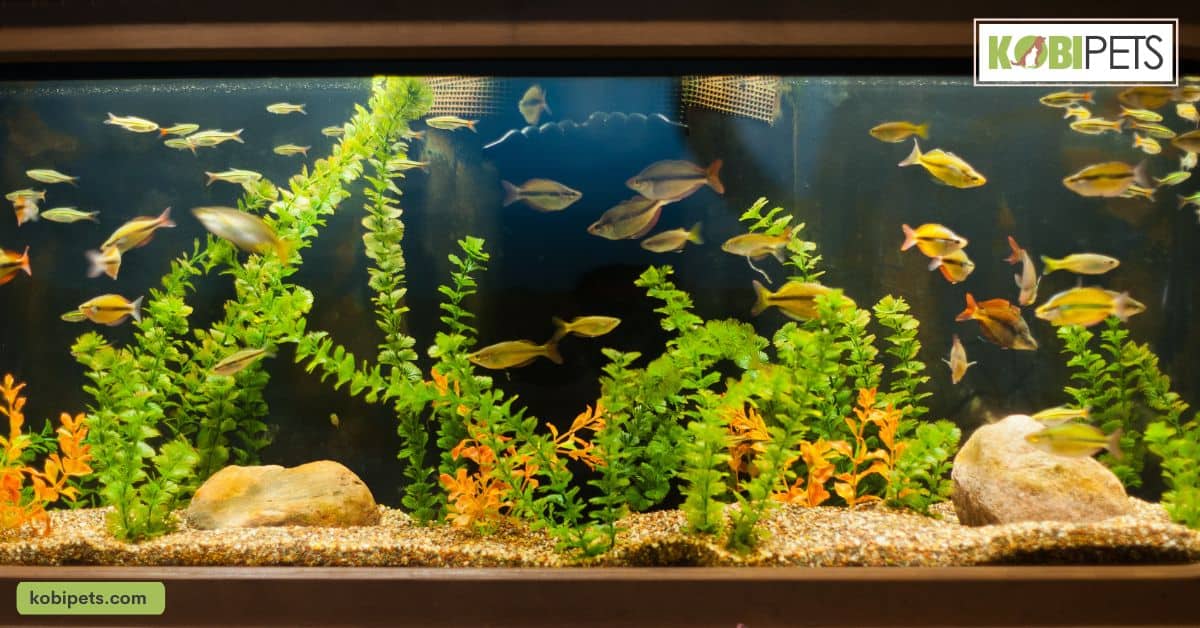
Type and Number of Fish to Be Kept
Fish species must be chosen carefully when deciding on the number and types of fish to keep in an aquarium.
- Choose fish that are compatible with each other and the specific environment you are trying to create. Some fish are more aggressive or territorial than others and may harm or kill other fish.
- Consider the size of the tank and the number of fish it can accommodate. The rule of thumb is to have one inch of fish per gallon of water, but this can vary depending on the species and their bioload. Overcrowding can lead to poor water quality, stress, and disease.
- It’s also important to consider the specific needs of the fish species you are considering. Some species require specific water parameters, such as pH levels and temperature, while others require specific types of food or require specific decor in the tank.
In summary, when choosing the type and number of fish to be kept in an aquarium, it is important to consider compatibility, tank size, and the specific needs of the fish species.
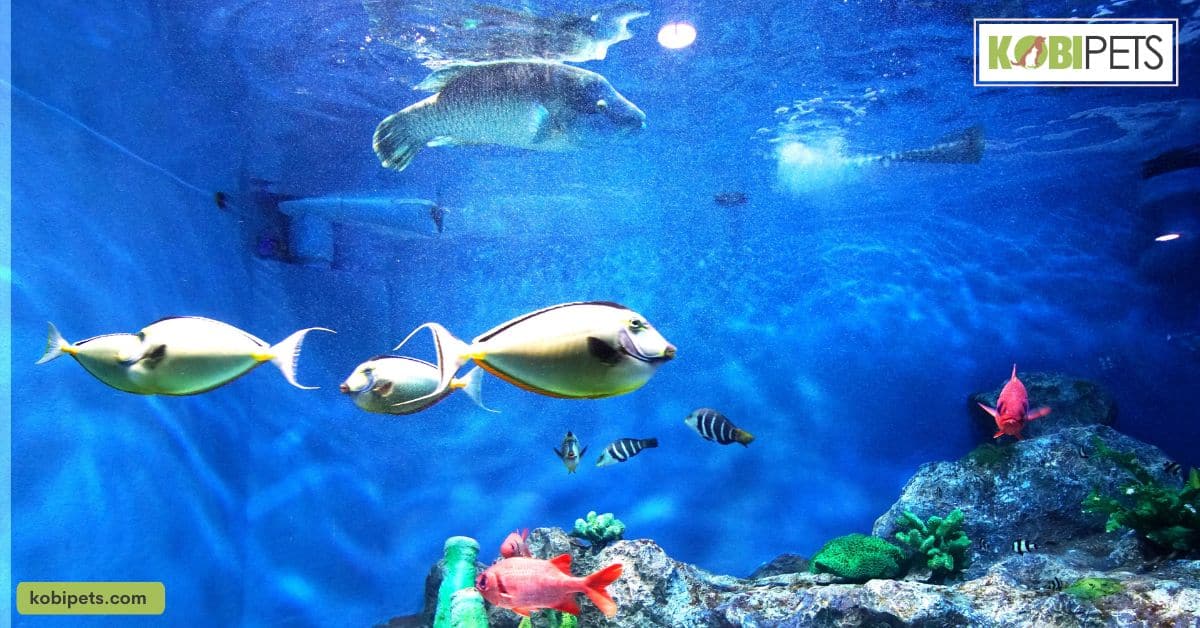
Filtration and Aeration Systems
Filtration and aeration systems are essential components in any successful aquarium. The filtration system helps keep the water clean by removing debris, waste, and other harmful substances from the tank. The aeration system helps provide oxygen to the water and is essential for keeping fish healthy and vibrant.
When choosing a filtration system, consider what types of fish you are keeping and the size of your tank. Different types of filters can provide different levels of filtration, such as mechanical, biological, and chemical filtration. Aeration is also an important part of a successful aquarium. Air pumps or bubblers can be used to provide oxygen to the water and help keep fish healthy.
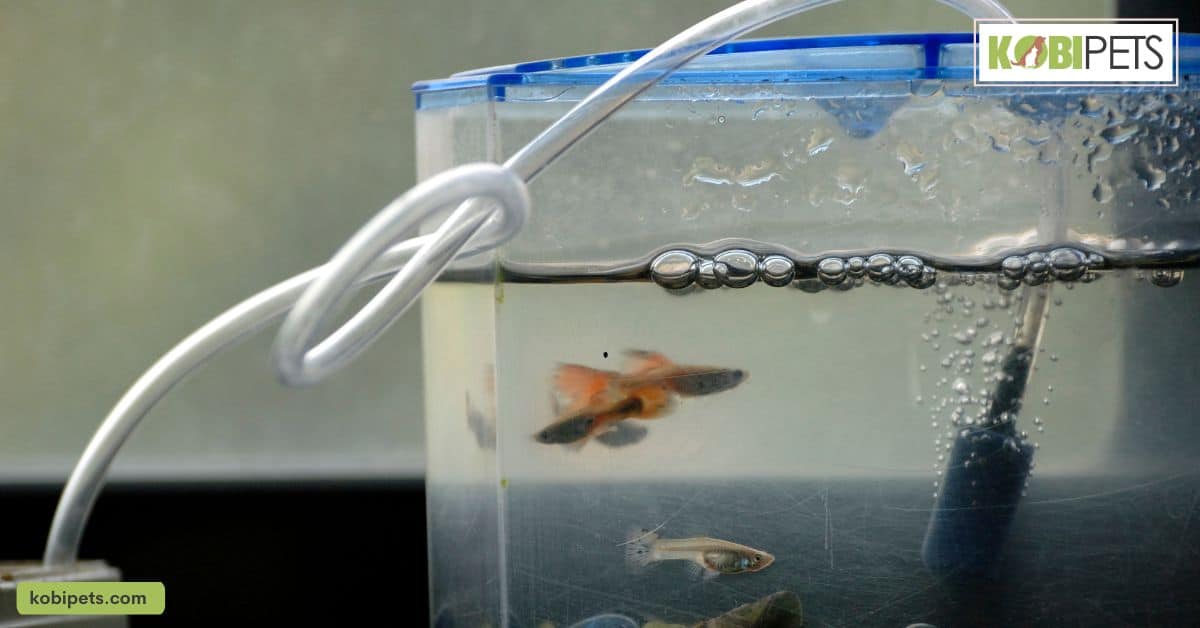
Lighting and Heating Requirements
Lighting and heating requirements are important considerations when setting up an aquarium. Proper lighting and heating can not only enhance the appearance of the tank but also provide the necessary environment for the inhabitants.
Lighting is essential for the growth and well-being of plants and coral, as well as for the overall health of the inhabitants. The type of lighting needed will depend on the specific environment you are trying to create. For example, a reef tank will require different lighting than a community tank with live plants.
Heating is also an important consideration, as the temperature of the water can affect the health and well-being of the inhabitants. Most tropical fish and invertebrates require a water temperature between 78-82°F (26-28°C). Some species may require slightly warmer or cooler temperatures.
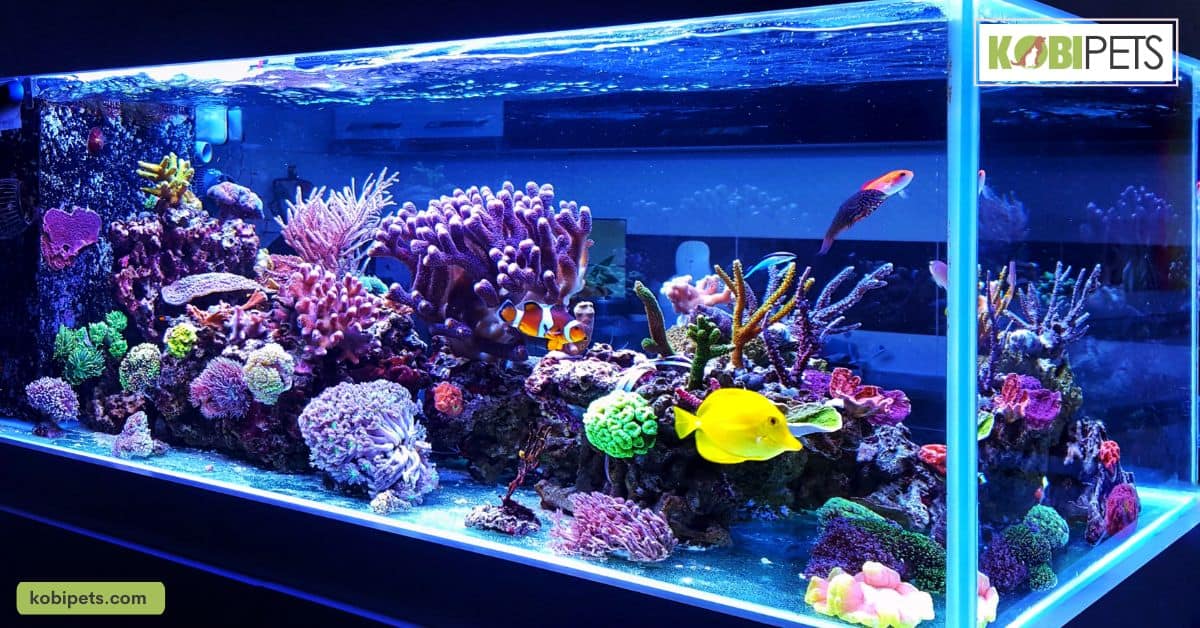
Water Chemistry and Maintenance
Water chemistry and maintenance are important considerations when setting up and maintaining an aquarium. Proper water chemistry and regular maintenance can ensure the health and well-being of the inhabitants, while poor water chemistry and lack of maintenance can lead to poor water quality and the death of the inhabitants.
Water chemistry refers to the chemical properties of the water in the tank, such as:
- pH level
- Hardness
- Levels of ammonia, nitrite, and nitrate
Proper water chemistry is essential for the health and well-being of the inhabitants, as many species have specific requirements for water chemistry. For example, some species require a specific pH level, while others require a specific level of hardness.
Regular maintenance is also important to ensure the health and well-being of the inhabitants. This includes tasks such as:
- Performing water changes
- Cleaning the tank and equipment
- Testing the water regularly
Water changes are important to remove excess waste and toxins from the water while cleaning the tank and equipment helps to prevent the buildup of harmful bacteria. Regular testing of the water helps to ensure that the water chemistry remains within the appropriate range and can alert you to any potential issues before they become a problem.
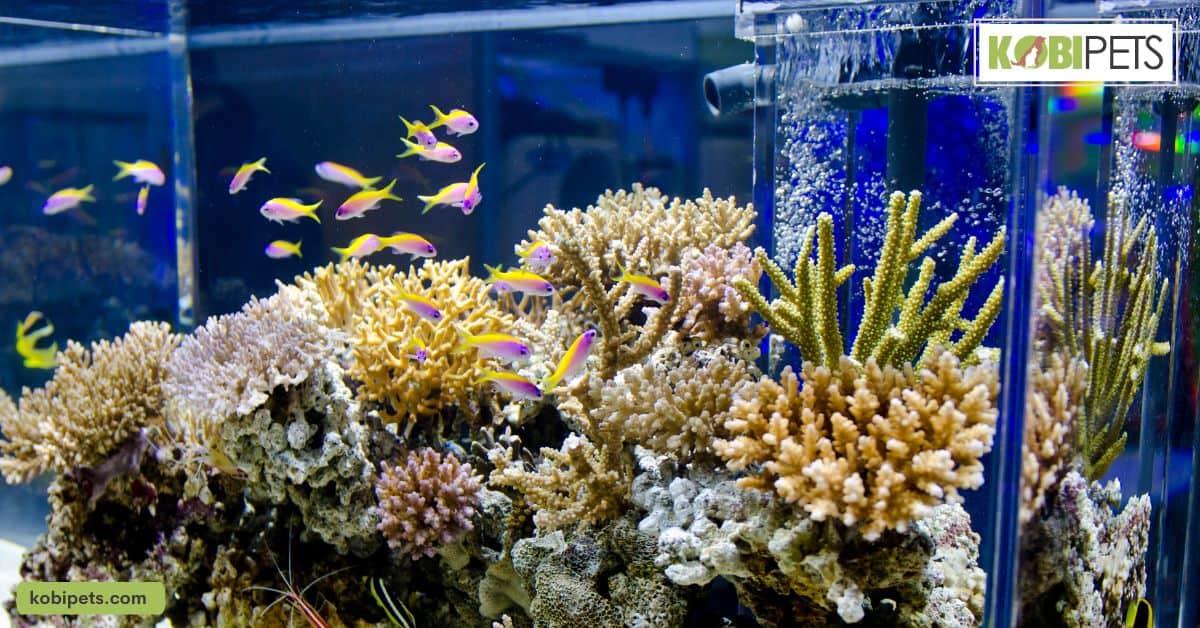
Substrate and Decor Options
The substrate and decor options in an aquarium play an important role in creating a suitable environment for the tank inhabitants.
Substrate refers to the material that lines the bottom of the tank and can include options such as gravel, sand, or crushed coral.
- Gravel – This is a popular choice for community tanks and can come in a variety of colors and sizes.
- Sand – This is a good option for tanks with burrowing fish or invertebrates, as it allows them to create and maintain their own burrows.
- Crushed coral – This is often used in reef tanks as it helps to maintain the proper pH levels for coral and other invertebrates.
Decorations such as rocks, wood, and artificial plants can also be added to the tank to create a natural environment for the inhabitants and to provide hiding places and shelter. Real plants can be added as well, but they require proper lighting and maintenance to survive.
- Rocks – Rocks can come in a variety of sizes and types and can be used to create a natural-looking environment and to provide hiding places for fish and invertebrates.
- Driftwood – This can also be added to the tank to provide a natural look and to create hiding places for fish and invertebrates.
- Artificial plants – These can also be added, which can be used to create a natural-looking environment without the need for maintenance.
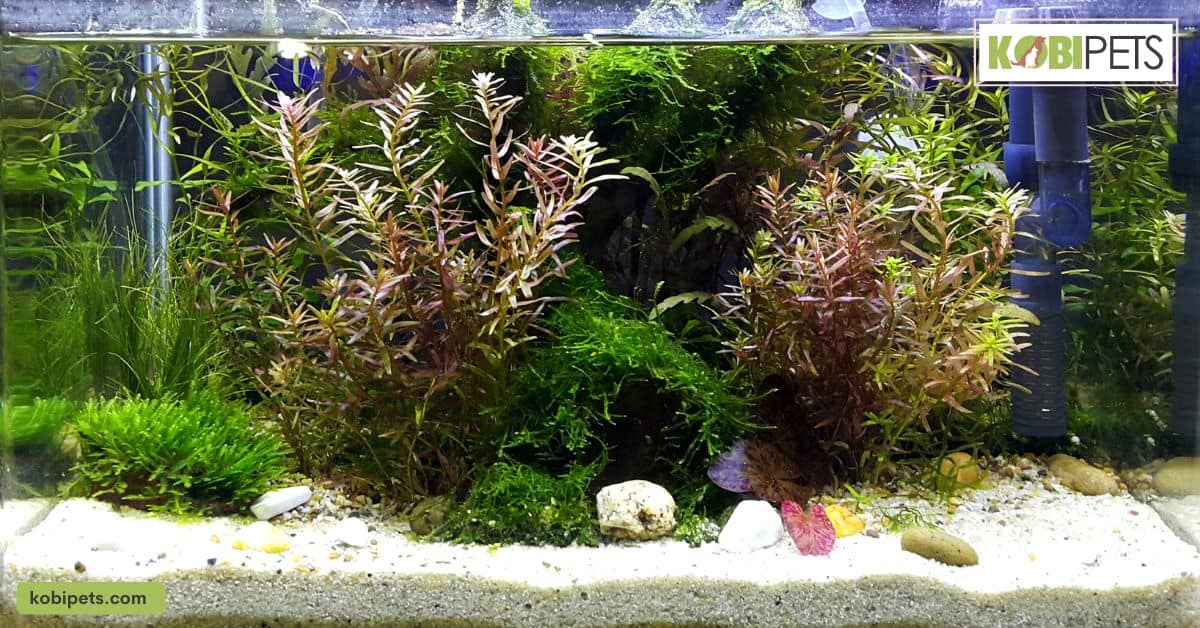
Compatibility of Tank Inhabitants
When it comes to the compatibility of tank inhabitants, there are a few things to consider, such as the compatibility of fish, invertebrates, and plants. Fish compatibility is important in any tank, as some species can be aggressive or territorial and may harm or kill other fish.
In a community tank, it is best to choose peaceful species that will coexist well with other fish. Invertebrates, such as snails, crabs, and shrimp, can also be added to a community tank. It is important to ensure that any invertebrates you add will not harm or kill the other inhabitants. Live plants can also be added, as they provide oxygen and help keep the water clean. However, some fish may eat live plants, so it is important to choose species that are compatible with live plants.
In a specialized setup, such as a reef tank, it is important to choose fish that are compatible with the specific environment and will not harm or disrupt the coral or invertebrates. It is also important to choose coral and invertebrates that will not harm or disrupt the fish.
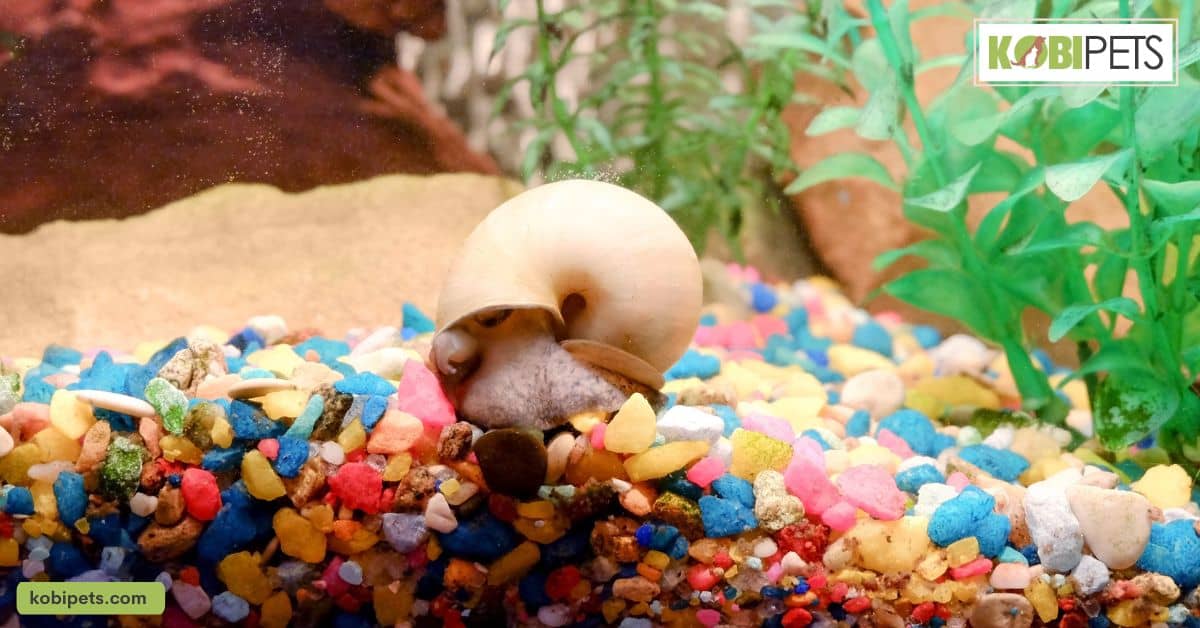
Cost and Budget Considerations
When it comes to cost and budget considerations for an aquarium, it is important to consider both the initial setup costs and the ongoing maintenance costs.
Initial setup costs can include the cost of the tank itself, as well as the cost of equipment and decor such as:
- filter
- heater
- lighting
- substrate
- rocks
- wood
- plants
- as well as fish, invertebrates, and coral
Maintenance costs are also an important consideration when setting up an aquarium. These costs include things like:
- food for the inhabitants
- water test kits
- replacement parts for equipment.
It’s also important to budget for regular water changes and to have a plan for dealing with any unexpected issues that may arise. In addition, consider the ongoing expenses of the tank, such as electricity costs for running the equipment, and if you are keeping coral, the cost of reef-specific supplements and additives.
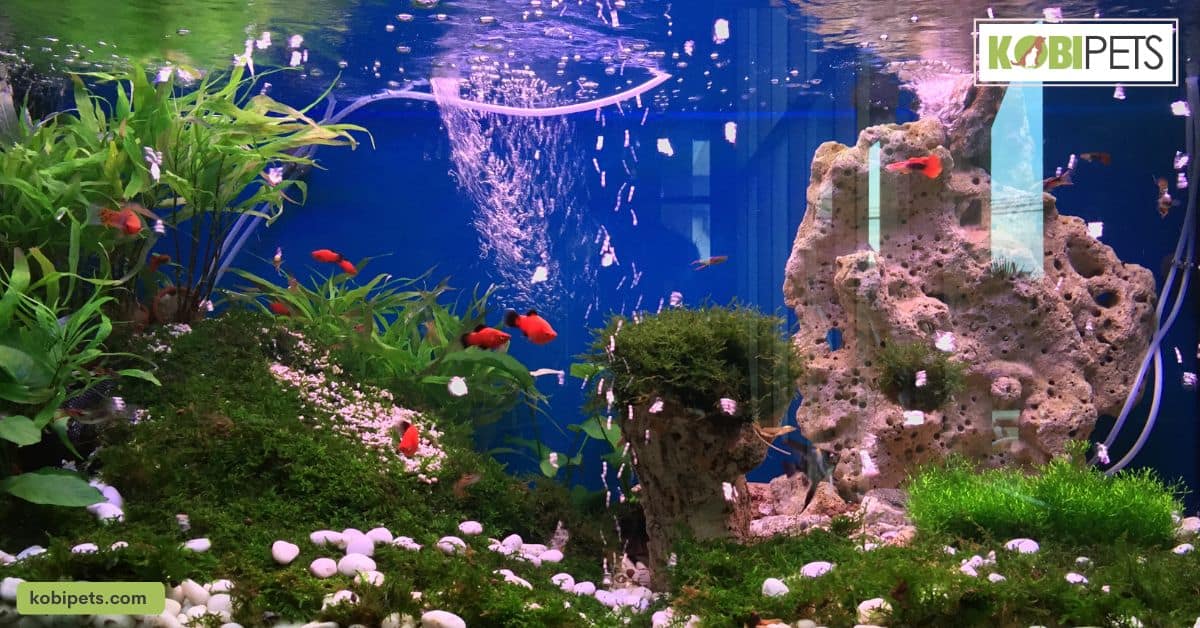
In Conclusion
Setting up a successful fish tank setup requires careful consideration of all the factors involved. Everything from the size and capacity of the tank to the type and number of fish to be kept, filtration and aeration systems, lighting and heating requirements, water chemistry, and maintenance needs must be taken into account to ensure a healthy environment for the inhabitants.
Cost and budget considerations should also be taken into account to ensure that all of the necessary equipment and supplies can be obtained without going over budget. With careful planning and consideration, a successful aquarium setup can bring joy and fun to the entire family for many years to come.


